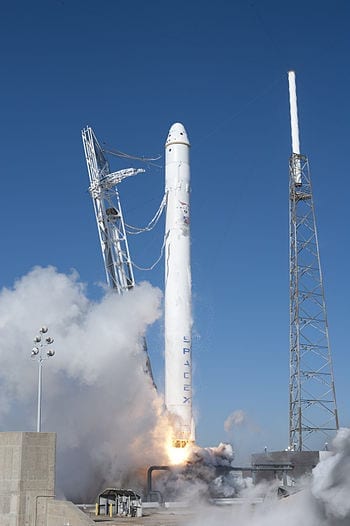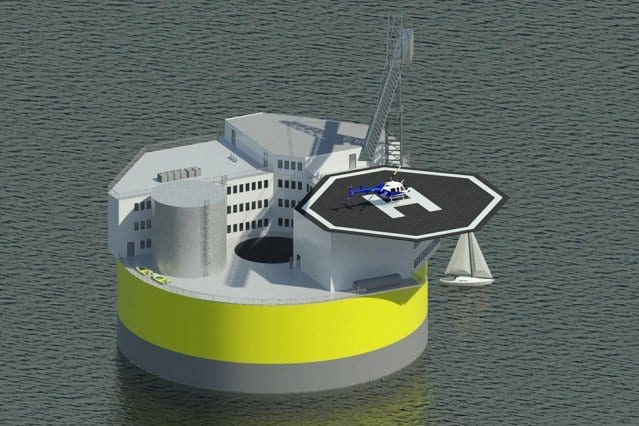
EVERYTHING about space flight is superlative.
Even relatively modest rockets are hundreds of feet high. The biggest (the Saturn V, which launched astronauts to the Moon) remains the most powerful vehicle ever built. But space flight is superlatively expensive, too. One reason is that, for all their technological sophistication, rockets are one-shot wonders. After they have fired their engines for a few minutes they are left to fall back to Earth, usually splashing ignominiously into the ocean.
Rocket scientists have therefore long dreamed of making something able to fly more than once. Such a reusable machine, they hope, would slash the cost of getting into space. The only one built so far, America’s space shuttle, proved a dangerous and costly disappointment, killing two of its crews and never coming close to the cost savings its designers had intended. But hope springs eternal, and several of America’s privately run “New Space” firms are planning to try again.
The furthest advanced is SpaceX, founded by Elon Musk, an internet mogul. On April 18th it is due to launch one of its Falcon 9 rockets on a cargo-carrying trip to the International Space Station (ISS), something it has done twice before. This time, though, the main story is not the ISS mission, but the modifications the firm has made to the rocket itself.
The most notable are the four landing legs folded up along the side of its first stage. If everything goes to plan, once that stage has finished its job and detached itself from the rest of the rocket, it will fire its engines again. Instead of crashing into the sea, it will make a controlled descent, deploy its legs, slow almost to a stop off the coast of Cape Canaveral, and then drop itself delicately into the drink. Mr Musk gives himself a slightly-less-than-even chance of pulling this off.
Will you walk with me, Grasshopper?
If it does work, though, it will be the most dramatic demonstration yet of technology that the firm has been working on for several years. In 2012 SpaceX began flying an unwieldy-looking legged test rocket called Grasshopper. This was able to hover, manoeuvre around in mid-air, and land itself back on the pad that launched it.
Then, last September, it attempted to organise the controlled descent of a legless first stage. In what the firm’s engineers call a useful failure, the rocket’s engines restarted as planned, but as the stage descended it began spinning, flinging its remaining fuel against the walls of its tanks and starving its motors, causing it to crash.
This week’s test is intended to end up with the rocket in the ocean, chiefly for safety reasons in case something does go wrong. But SpaceX’s ultimate goal is to have the first stage fly all the way back to the pad it was launched from, and to land itself facing upwards. It will then be taken away, serviced, refilled with rocket fuel and readied to fly again. The firm wants, one day, to recover the Falcon’s second stage, too—though the greater altitude and speed the second stage reaches makes this a far tougher proposition.
The Latest on: Reusable rockets
[google_news title=”” keyword=”Reusable rockets” num_posts=”10″ blurb_length=”0″ show_thumb=”left”]
via Google News
The Latest on: Reusable rockets
- Private firm working on new liquid-fuel rocketon April 25, 2024 at 6:27 pm
Orienspace, a private space company that makes the world's mightiest solid-propellant carrier rocket, has begun to develop a new, liquid-fuel model, according to the new type's chief designer.
- China's new reusable rocket aces key engine testson April 22, 2024 at 8:00 am
China has made progress on a powerful rocket engine to power its new reusable rockets.
via Bing News










